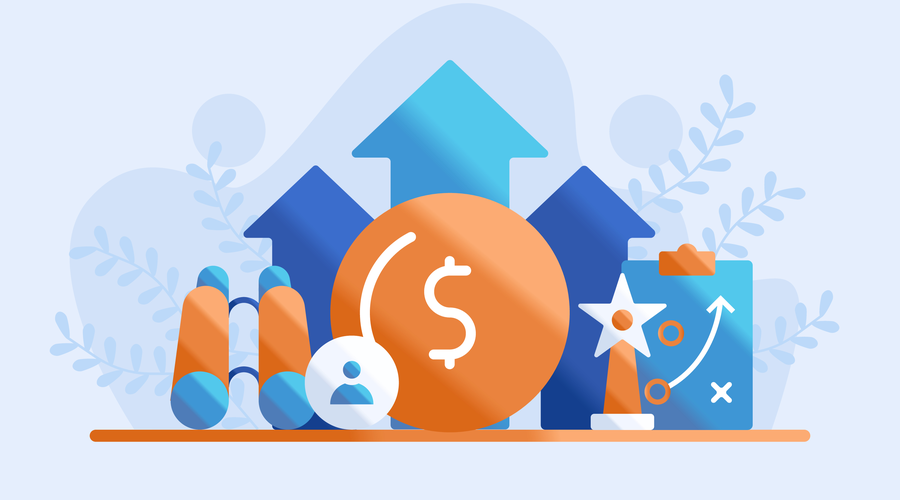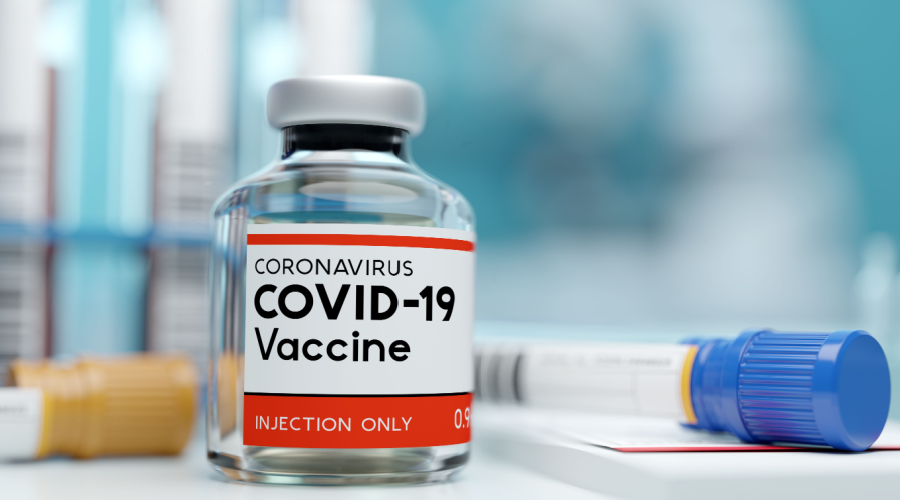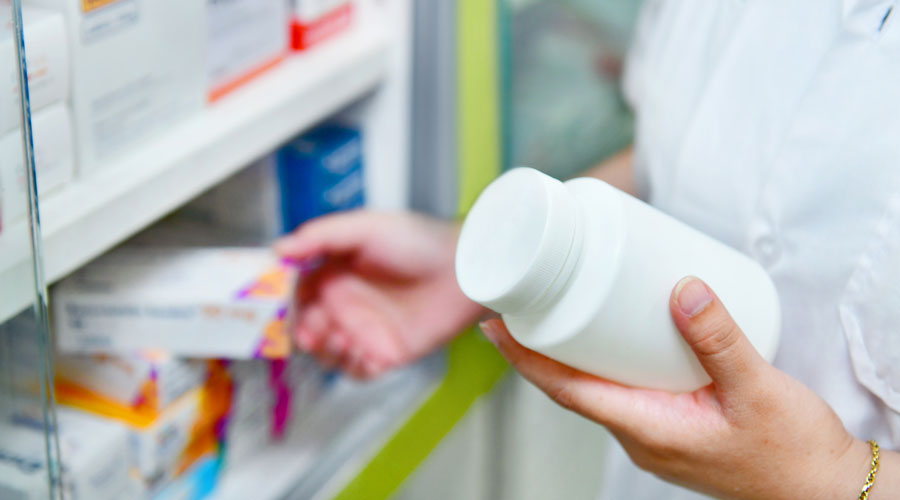Inside: Why it’s important to know your margins on individual products, categories, and services
You probably are aware of what your profit margin is for your pharmacy as a whole. It’s an important figure for securing financing and measuring the overall financial health of the business.
But you should also be breaking that figure down to calculate the gross profit margins on the individual products, categories, and services you provide. The practice can show you which parts of the pharmacy are doing the most to keep you afloat and which parts might be dragging you down.
Because of below-cost reimbursements and increasing DIR fees from PBMs, you can’t do much to control the profit margin on your prescriptions. But with the products in your front end and cash services, you have a chance to get ahead and sell items with high profit margins.
Take a granular look at the gross profit margin of your front end products and services to find out what is giving you the best bang for your buck and which products are underperforming. Then, use that knowledge to make your pharmacy more profitable. Here’s how.
How to Calculate Profit Margins on Products
To calculate your gross profit margin for an individual product, use this formula:
Gross Profit Margin = (Retail Price – Cost) ÷ Retail Price
So, if you purchased cell phone chargers for $2 a piece, then sold them for $6 each, here’s how you’d find the gross profit margin:
($6 – $2) ÷ $6 = .667, or 66.7 percent.
You can also widen the formula to see how profitable individual categories of products are with this formula:
Gross Profit Margin = (Sales from Category – Cost of Goods Sold) ÷ Sales from Category
When you’ve determined what your margin is on individual products and product categories, you can use that knowledge to maximize sales for the most profitable parts of your front end.
Smart markdowns
Knowing which items have high profit margin can help to decide what promotional pricing will work best for your pharmacy.
Items that have higher margins also have room for deeper price cuts. If you purchased toothbrushes for $0.50 per item and are retailing, them for $2, you can mark them down by 50 percent and still make twice what you paid for them. You even have the potential to make more money by selling a larger volume.
However, products with lower profit margins can easily become a financial liability. With slim margins, you’ll be taking a financial loss by marking down. Even if you sell out of the product, you won’t be able to make back what you initially spent.
The art of the upsell
High margin products can be easily positioned as impulse buys. These are products that patients don’t walk in intending to buy, but once they see them in the store, they can easily justify the purchase.
The way you present these items can encourage patients to add them to their basket. Electronics accessories like charging cords or headphones might be placed at the checkout. Seasonal holiday merchandise like cards or gift baskets can be displayed on a high profile end cap.
Identify high profit items that meet an immediate need or follow a trend, and place them in an eye-catching display so patients can’t ignore them.
Pricing strategy
After taking a hard look at your products’ margins, you may find that a change in pricing strategy is necessary.
Products with high margins only help your business if patients actually buy them, and a moderate price reduction may encourage people to buy more consistently.
On the other hand, you may identify products that currently have razor-thin margins that patients would buy even at a higher cost. In that case, you can only benefit by raising the price tag and giving your pharmacy a little more cushion.
Reassess offerings
Knowing your product and category profit margins can help you decide what to stock in your front end. To maximize your profitability, identify which categories have the highest concentration of high-profit items, and lean into them. Give prime real estate to high margin categories like cosmetics or gifts to encourage patients to buy.
Remember to consider the holding costs of your products — especially when it comes to low margin merchandise. If you can’t move low margin products off the shelf quickly, they take up space that could be utilized by a faster-moving, higher-margin product.
How to Calculate Profit Margins on Services
Just like with physical products, you should know the gross profit margin on the services you offer. On paper, calculating the gross profit for margins for services is very similar to calculating it for products. The formula should look familiar:
Gross Profit Margin for Service = (Price of Service – Cost of Service) ÷ Price of Service
However, unlike physical items, which have a fairly straightforward cost, you have to consider the cost of the labor it takes to perform the service. Some extra factors you need to take into consideration include when calculating your “cost of service” include:
- Time spent preparing the service
- Time spent delivering the service
- Supplies needed to perform the service
- Marketing costs
- Whether the service requires special training to perform
- Who is administering the service (front end worker, pharmacy technician, or pharmacist)
Once you’ve broken down all those variable labor costs, you can plug them into the “cost of goods sold” part of the gross profit margin formula. If the cost of goods sold is larger than the price of the service, you’re losing money on the service.
In that case, you’re faced with some tough decisions. You could raise the price of the service to make it profitable, or you could find a way to conduct the service more efficiently by having a pharmacy technician do the bulk of the work instead of the pharmacist or cutting down on prep time. If neither of those options are feasible, you may not be able to keep offering the service.
However, profit isn’t the only consideration when it comes to a choice to offer a service. Services contribute to the larger sell of your pharmacy as a total healthcare destination, and as a pharmacy who cares about meeting every community need. The financial loss on a service can be offset by its ability to cultivate more loyal patients who purchase more products and use other services at your pharmacy. But knowing the profit on a service can help you determine how much to invest in marketing and in time.
An Independently Owned Organization Serving Independent Pharmacies
PBA Health is dedicated to helping independent pharmacies reach their full potential on the buy side of their business. The company is a member-owned organization that serves independent pharmacies with group purchasing services, expert contract negotiations, proprietary purchasing tools, distribution services, and more.
An HDA member, PBA Health operates its own NABP-accredited (formerly VAWD) warehouse with more than 6,000 SKUs, including brands, generics, narcotics CII-CV, cold-storage products, and over-the-counter (OTC) products.
Want more pharmacy business tips and advice? Sign up for our e-newsletter.











